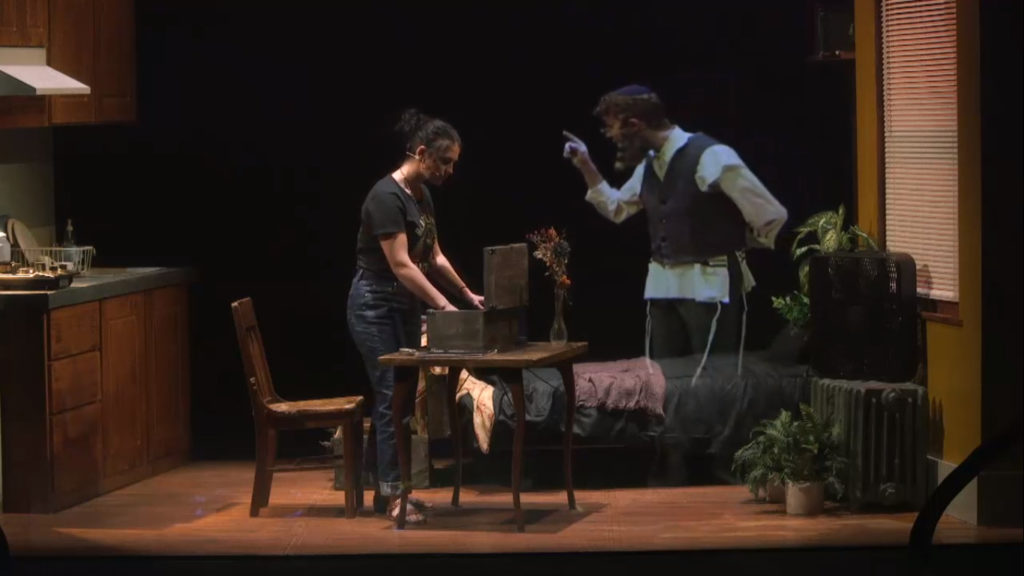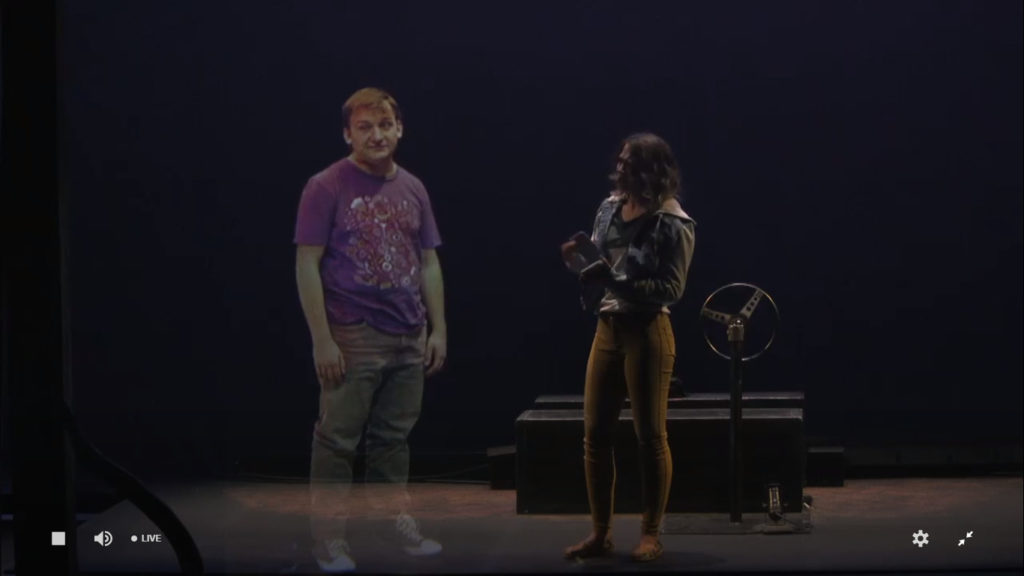
BYU’s theater and media arts department is using holograms in the production of “Illusionary Tales” to create a safe way of performing during the pandemic.
Though the show will be happening in the Pardoe Theatre, it will not have a live audience. “Illusionary Tales” can be viewed for free via livestream at BYUArts.com and runs Oct. 29-31.
In order for students in the department to have the opportunity to fulfill their learning requirement, Travis Coyne, technical director for BYU Arts Production, and the technical department committee worked to generate holograms for the production to allow for social distancing.
Because many events have been cancelled this year, Coyne wanted to create a project that would excite the students again. “I wanted a project that would challenge us, excite us and give us something we could really sink our teeth into,” Coyne said.
Theatre and Media Arts Department Chair Wade Hollingshaus said the use of holograms “is modeled after a mid-19th century practice referred to as Pepper’s Ghost that original process involves an off-stage performer, whose imaged is reflected — using strategically placed mirrors — onto a material hanging on the stage.”
In this weekend’s production, the performance will “use digital cameras to capture images of actors performing in separate rooms. Then we project those images onto materials on the stage to reflect the image of those actors,” Hollingshaus said.
This creative idea was a new experience for faculty and students alike and allowed for a sense of equal collaboration. “We were all in it together,” Coyne said. Coyne said the process has been a unique experience for all involved. The production team had only two months to prepare for the show, but it maximized its efforts and created a separate production team for each segment of the show.

While one person is on stage, there are up to two people present in the form of holograms. This allows for multiple people to be present on stage without mask restrictions for the actors. Senior Nathan Meyers, who played Legend in “For Such a Time as This,” said the experience was often challenging. “The best part has been seeing how artists persevere and will do whatever it takes to continue to making art no matter what,” Meyers said.
Each department gained a new experience and worked together to make this production happen. The show also includes behind the scenes features to learn how the show was put together.
Jacob Anderson, the assistant technical director for “Illusionary Tales,” said it was great to see the ways directors use technology in every production. “Working with projectors in the way we have been using them has been a new experience for everyone involved in the production.”

Coyne hopes the department will be able to bring together this collaborative effort to bring another show for students in following semesters.
“Illusionary Tales” has created a “normal” theatre experience for viewers at home tuning in virtually. The show is derived of three works, including Balete Drive, a legend from Hispanic American folklore, The Tell-Tale Heart by Edgar Allan Poe and For Such a Time as This from Yiddish folklore.




